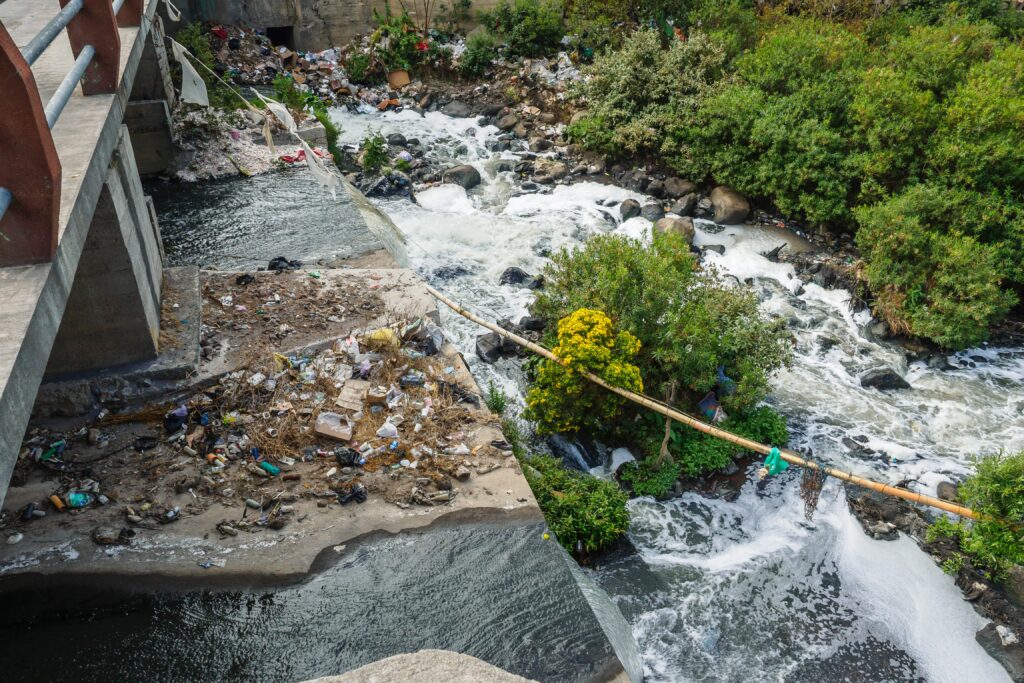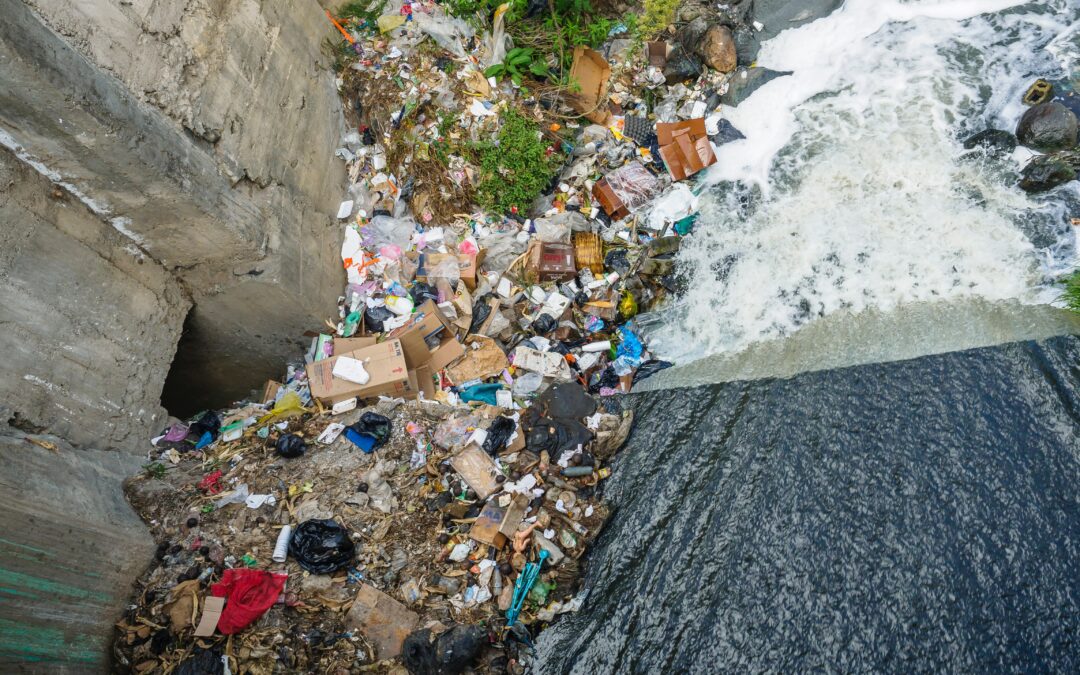Virus & Biohazard Cleanup
Cleaning, sanitizing, and deodorizing areas in which a traumatic incident including an accident, trauma, or suicide has happened is known as biohazard cleanup. As a result, operating with biohazards frequently entails dealing with blood, animal or human parts, chemical spills, and other potentially hazardous materials. Keep in mind how tidying up a scene of the crime is not really the responsibility of the state. It’s indeed up to a homeowner to request biohazard cleaning until police officers have collected evidence at the scene. Only when the police have collected enough information relevant to the crime will a specialist cleaning crew arrive.
A Biohazard Cleanup’s Importance
Underneath the Safety and Health at Work Act 1974 as well as the Regulation of Materials Hazardous to Health Laws 2002, having the proper procedure for handling bodily fluids is a legal necessity. have a legal obligation to preserve their workers’ Safety and Health, as well as the safety and health of everyone else who might be on the property.

As a part of a health and safety strategy, employees must have a policy in place for documenting a biohazard event. This strategy should assess the risk of contamination as a result of exposure and outline the corporation’s disinfection protocol for the infected area.
The person in charge of the property is responsible for coordinating the clean-up during a biohazard incident. Urine, blood, saliva, and human feces may seep through polymeric media and areas that are not apparent to the unaided observer if left unsupervised. Cleaning with traditional cleaning techniques can be challenging as a result of this. If a professional deep cleaning and decontamination are not performed, the infection risk is greatly increased.
BOPIM is a norm for bloodborne pathogens infectious materials.
The OSHA released an act in 1991 to protect groups from highly contaminated materials such as blood (BOPIM). That Hepatitis B, HIV, as well as a variety of other diseases, are examples of potential diseases.
Currently, 5.6 million employees in the health sector and related professions are covered by this norm. The reach of the BOPIM norm includes biohazard remediation.
Furthermore, the BOPIM standard includes many criteria, including:
- Controlling job practices
- Treat the Hazardous medical waste products, transported, and disposed of properly.
- Using PPE (Personal Protective Equipment) (PPE)
- Commonly required training Biological threat Situations
- Specific vaccines .
- Death or suicide
- Animal wastes
- Scenes of crime or murder
- Chemical dangers
- Scenes of hoarding
- Body fluids and blood
Any time technicians touch potentially dangerous materials, they put themselves in danger. As a result, adhering to proper safety and training protocols is important. It is essential not just for them, as well as for the people who will live on the land after the bio – hazard cleanup is completed.

Is Certification Needed For Biohazard Cleanup?
There is no credential requires to work as a biohazard technician. However, When interacting with bloodborne pathogens, OSHA needs biohazard workers to wear proper PPE.
In essence, personal protective equipment (PPE) aids in worker protection. The equipment keeps harmful substances from accessing the body through the eyes, skin, nose, mouth, or any other opening. While personal protective equipment (PPE) differs by work, it should always contain gloves, full-face protection, respirator, and properly labeled waterproof coveralls.
Moreover, reputable restoration firms provide technicians with biohazard remediation training.
We deliver the quality and service you expect! contact us


Recent Comments